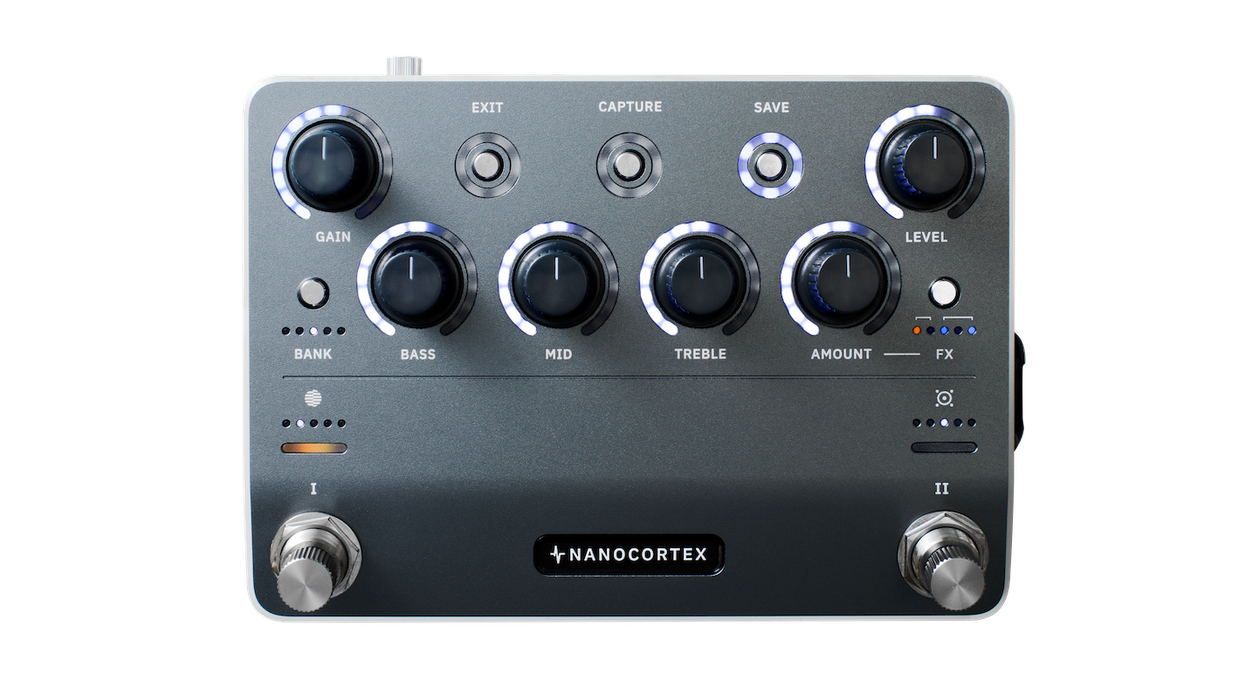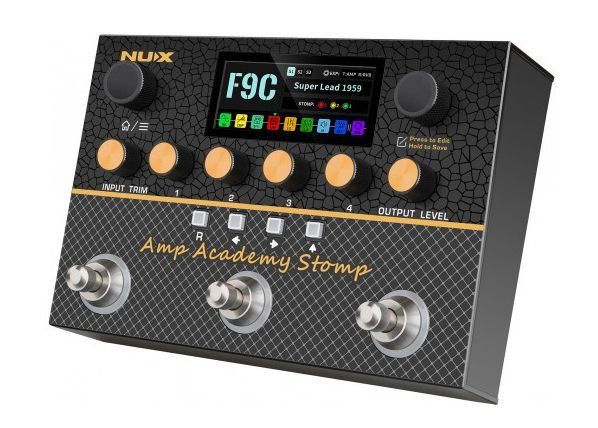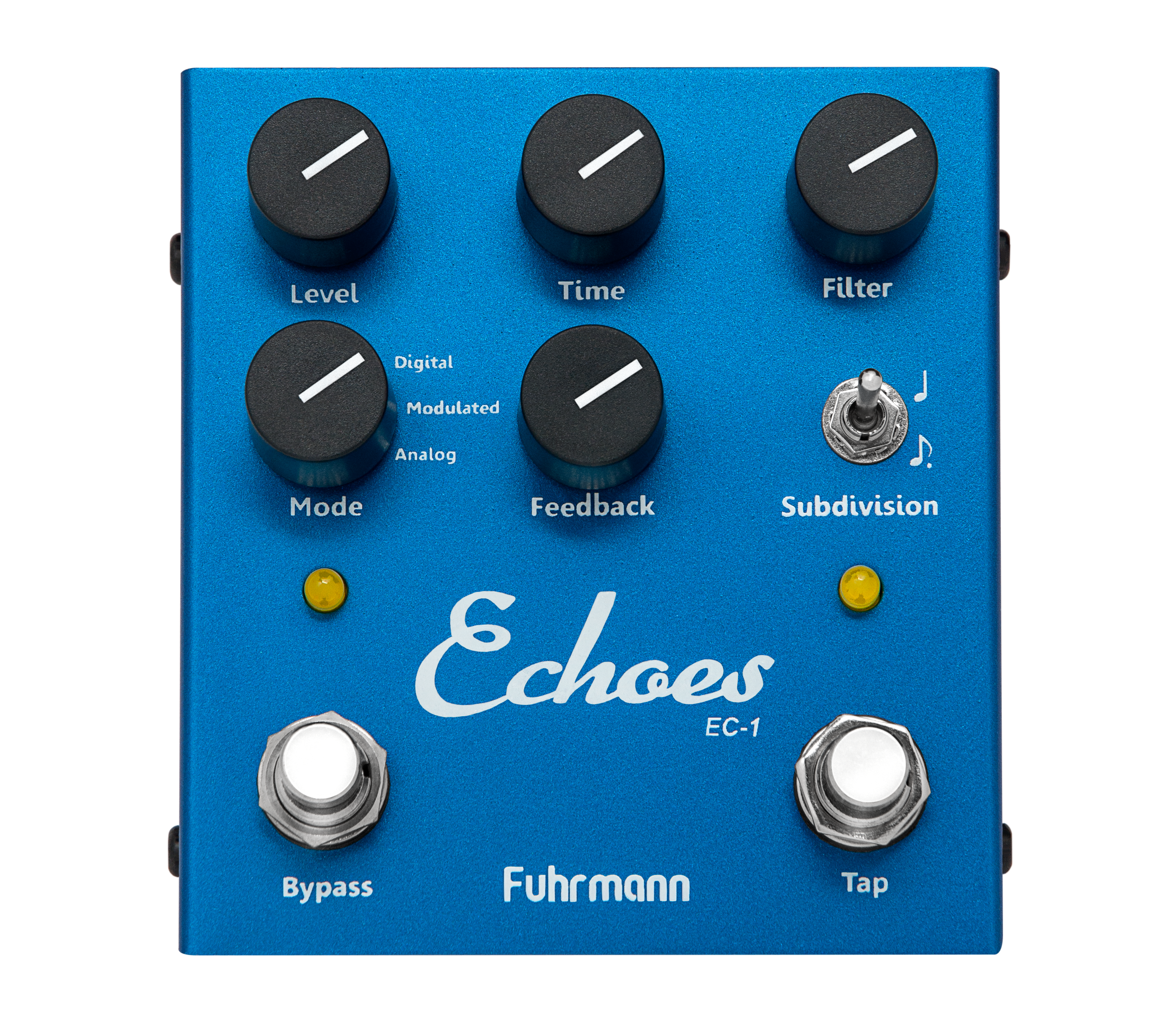The new AC10 Custom is a very different amp than the first Vox to bear that name. That AC10 was one of Vox’s very first amps—a more affordable, stripped down little brother to the AC15 that was then revolutionizing the English amplifier landscape.
In many respects, this new two-EL84 AC10 has more in common with the contemporary AC15. In both sonic and visual terms it may be one of the most cost-effective means to get the most familiar ’60s Vox vibe that’s come down the chute in a while.
Have We Met Before?
I get excited when I see a little Vox tube amp as a studio option. I don’t own one, but when I see an AC4 or AC15 around, I start to think about possible contributions in terms of spirit, brightness, and colorful immediacy. The AC10 lends that same outward reassurance. From the black textured vinyl to the piping and diamond grill cloth, it’s classically Vox and very well put together. At less than 21 inches wide and about 16 inches tall, it’s compact, and at just over 12 pounds it’s easy to tote around. The chassis and speaker are obscured from view by a closed-back cab. That’s never fun for inspection of the amp’s inner works, but it almost certainly adds a little extra bass thump to an amp that, as we’ll see, punches outside its weight class with ease.
The control set is streamlined: a bass/treble EQ section, a reverb control, and gain and volume controls at opposite ends of the five-knob array. Unfortunately, the reverb is a digital unit rather than the spring reverb you see on the AC15 or AC30 Customs. It’s not a bad reverb, and is often key to getting the most classically Vox-y and sparkling tones. But it’s hard not to wonder if a more streamlined circuit would have sounded just a touch better and been less expensive.
If it’s crunchy tones you need, it’s best to keep the gain and volume up and use your guitar volume rather than stompoxes to achieve gain stages and color shifts.
A Jangly Little Thug
Like a lot of great small amps, the AC10 evokes the youthful, exuberant rush of plugging straight in and turning up—way up—for the first time. It’s happiest when it’s loud, and the closed-back cabinet adds just the right amount of low-end weight—a soft but sturdy and substantial underpinning for the familiar Vox top-end presence.
The Vox gets bright fast—especially if you have single coils out front. But crank the amp up into natural saturation and you’re glad all that top-end is there. Most players won’t use all of it. But for the right player—the kind that savors lacerating, feral, young Jeff Beck/Yardbirds tones—the extra top end will be a straight shot of electric adrenaline.
Though the AC10 Custom’s virtues as a lead machine are copious, it’s also one of the best rhythm guitar amps I’ve played in ages. The abundant top end and tighter, faster compression that distinguishes Brit amps from their Fender counterparts means that snappy, syncopated Keith Richards and Memphis-style rhythms ring richly with harmonics, exhibit great articulation, and respond deliciously to picking and muting dynamics as you slash across chords. If you were going to make a power pop record in the Flaming Groovies or Big Star vein, or cut a crustier Them-style garage cut, it’s hard to imagine a more effective little partner.
Like many small amps on the more excitable side of the tone and dynamics spectrum, the AC10 isn’t the best partner for gain pedals. While the rich, ringing overtones that oxygenate the amp’s output are perfect for modulation effects (tremolo is an especially good match), fuzzes and even mid-gain overdrive pedals tend to muddy the output. Less complicated fuzzes like germanium Fuzz Faces and Tonebenders that still sound cutting and acidic without heavy gain are the best match. And even a low-volume Big Muff can add impressive thrust to the AC10’s tone spectrum in rhythm settings. But if it’s crunchy tones you need, it’s best to keep the gain and volume up and use your guitar volume rather than stompoxes to achieve gain stages and color shifts.
Onboard digital reverb is the lone effect on the AC10. In small amounts, the reverb animates high and high-mid harmonics and fundamental notes in a way that enlivens arpeggios and single note leads. Choppy chord stops, however, more readily highlight its shortcomings—which are less a problem of digital artifacts and artificiality than a kind of thinness. Resourceful players who use subtle reverb will be able to make it work, even under the microscope of the studio. For those that use more reverb, a more tweakable, stompbox reverb might be a better match for the Vox’s bright, complex tone spectrum.
The Verdict
The AC10 could be the ultimate amplifier for laying down power pop rhythm tracks. And it’s devastating as a lead machine with volume and gain controls up high. The best part of all this is it will only set you back about 450 bucks. If you think about how many pedals you’ve bought that add up to the same money and that will never sound quite as cool as the AC10 blasting away all on its own, this little Vox fast becomes a contender for the bang-for-the-buck amp championship.
Review Demo - Vox AC10C1 Custom
[Updated 12/12/21]
































